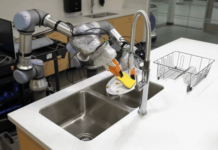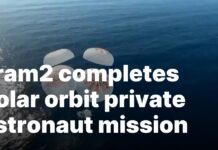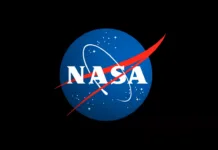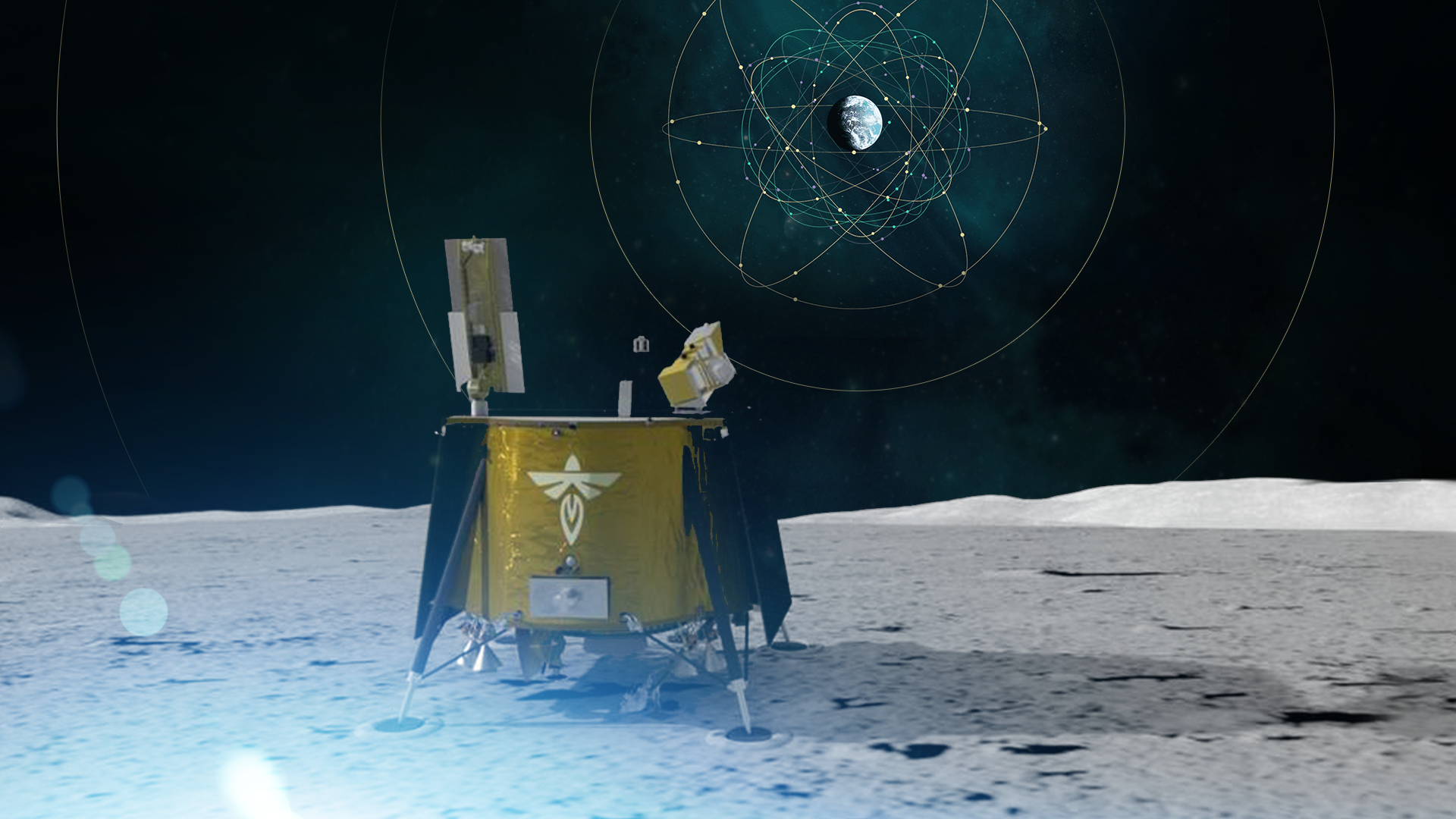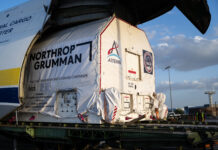Celebrating Over Half a Century of Lunar Exploration: NASA Prepares New Technologies for Moon Missions
As NASA marks the remarkable milestone of 55 years since the historic Apollo 11 lunar landing, the agency is simultaneously gearing up for future lunar exploration under its Artemis program. This modern initiative aims to bring humans back to the Moon, but this time with enhanced technological capabilities. One of the key advancements in this journey is the development of cutting-edge navigation and positioning technologies.
A significant step in this direction is the Lunar GNSS Receiver Experiment (LuGRE), a collaborative effort between NASA and the Italian Space Agency. This project aims to demonstrate the feasibility of using existing Global Navigation Satellite System (GNSS) signals for positioning, navigation, and timing on the Moon. This is a pioneering initiative as it seeks to extend the use of GNSS signals far beyond their current applications.
The LuGRE Payload: A Leap in Lunar Navigation
The LuGRE payload is set to be a part of an upcoming delivery to the Moon under NASA’s Commercial Lunar Payload Services (CLPS) initiative. During its mission, LuGRE will attempt to acquire and track signals from both the U.S. GPS and the European Union’s Galileo GNSS constellations. The experiment will take place during its transit to the Moon, while in lunar orbit, and eventually on the lunar surface for a duration of up to two weeks.
The primary objective of the LuGRE mission is to investigate whether signals from the U.S. Global Positioning System (GPS) and the European Union’s Galileo system can be effectively tracked on the Moon. If successful, this experiment will mark the first time GNSS signals have been received and used for navigation on and around the lunar surface. Such a breakthrough would significantly reduce spacecraft reliance on ground-based stations on Earth, paving the way for more autonomous lunar navigation.
GNSS: A Crucial Component of Modern Life
Today’s GNSS constellations are integral to various services including navigation, banking, power grid synchronization, cellular networks, and telecommunications. Near-Earth space missions also rely on these signals to determine crucial operational parameters such as location, velocity, and time. The LuGRE experiment seeks to expand the boundaries of GNSS applications, taking inspiration from the 2019 Magnetospheric Multiscale (MMS) mission, which set a world record by acquiring GPS signals from 116,300 miles away, nearly half the distance to the Moon. LuGRE aims to double that reach.
Kevin Coggins, NASA’s deputy associate administrator and manager of the Space Communications and Navigation (SCaN) Program, emphasizes the potential impact of this technology, stating, "GPS makes our lives safer and more viable here on Earth. As we seek to extend humanity beyond our home planet, LuGRE should confirm that this extraordinary technology can do the same for us on the Moon."
Enhancing Communication and Navigation in Space
Reliable communication and navigation systems are the backbone of all NASA missions, providing essential links from space to Earth for both crewed and uncrewed missions. NASA’s Near Space and Deep Space Networks, which utilize a mix of government and commercial assets, support science, technology demonstrations, and human spaceflight missions across the solar system.
Joel Parker, the policy lead for positioning, navigation, and timing at NASA’s Goddard Space Flight Center, highlights the broader significance of the LuGRE mission. "This mission is more than a technological milestone," he says. "We want to enable more and better missions to the Moon for the benefit of everyone, and we want to do it together with our international partners."
International Collaboration and Technological Innovation
The LuGRE payload represents a fusion of NASA-led systems engineering and mission management with advanced receiver software and hardware developed by the Italian Space Agency and their industry partner, Qascom. Notably, this marks the first time Italian-built hardware will operate on the lunar surface.
The data collected by LuGRE is intended to benefit all lunar missions, not just those by NASA or the Italian Space Agency. Around six months after the mission concludes, the agencies plan to release the data publicly, thus broadening access to lunar GNSS research for both public and commercial entities.
Lauren Konitzer, a navigation and mission design engineer at NASA Goddard, underscores the collaborative spirit of the project, saying, "A project like LuGRE isn’t about NASA alone. It’s something we’re doing for the benefit of humanity. We’re working to prove that lunar GNSS can work, and we’re sharing our discoveries with the world."
The Future of Lunar Exploration and Navigation
LuGRE is just one of ten NASA-funded science experiments set to launch to the lunar surface as part of this delivery through the CLPS initiative. Through CLPS, NASA collaborates with American companies to facilitate commercial deliveries that further lunar exploration and the development of a sustainable lunar economy. As of 2024, NASA has partnered with 14 private companies for current and future CLPS missions.
Demonstrations like LuGRE could set the stage for GNSS-based navigation systems on the lunar surface. By bridging existing systems with emerging lunar-specific navigation solutions, NASA aims to define how spacecraft will navigate the lunar terrain in the Artemis era. The payload is a joint effort between NASA’s Goddard Space Flight Center and the Italian Space Agency, with funding and oversight provided by NASA’s SCaN Program office. It was selected as one of ten funded research and technology demonstrations to be delivered to the lunar surface by Firefly Aerospace Inc, under the CLPS initiative.
The success of LuGRE would not only enhance the capabilities of lunar missions but also reaffirm the importance of international collaboration in space exploration. As we look to the future, initiatives like LuGRE will be crucial in ensuring that humanity continues to push the boundaries of what is possible in space exploration. For more details on this exciting endeavor, you can visit NASA’s official website.
For more Information, Refer to this article.


















